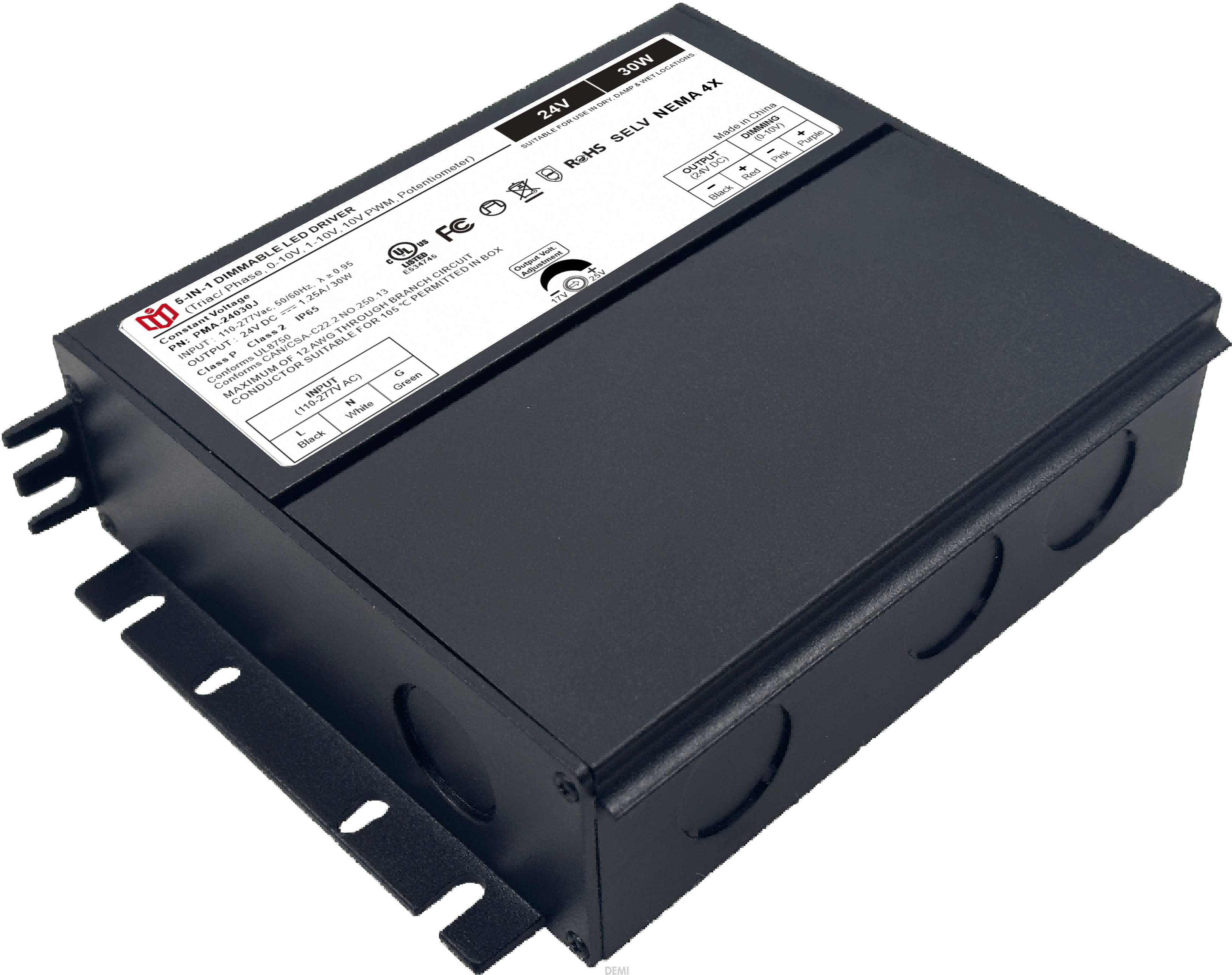What secrets lie behind the precise control of LED dimming power supplies?
Demystifying Voltage Regulation Mechanisms
Modern LED drivers employ sophisticated DC/DC converter topologies like buck-boost architectures to maintain stable output across varying input conditions. These systems utilize feedback loops with optocouplers and error amplifiers that adjust duty cycles faster than human perception can detect – typically achieving sub-millisecond response times. High-frequency switching (>100kHz) minimizes audible noise while enabling microsecond-level dimming resolution through pulse-width modulation (PWM).
Pulse Width Magic: From Perception to Perfection
The human eye integrates light pulses at rates above 200Hz into continuous illumination, but engineers push far beyond this threshold. State-of-the-art controllers generate 20,000+ PWM cycles per second with <0.1% duty cycle accuracy, creating imperceptible transitions between brightness levels. Special filtering algorithms smooth electrical artifacts that could cause flicker or color shifts, particularly critical for cinematic applications requiring true black levels in HDR content reproduction.
Color Consistency Under Variable Loads
Advanced power supplies incorporate adaptive compensation networks addressing LED array non-linearities. When multiple strings operate in parallel, dynamic load balancing prevents current hoarding that would destabilize color points. Some premium units feature individual channel control via multiphase drivers, ensuring uniform CRI values even when reducing output to 1% intensity – essential for museum displays preserving artwork integrity.
Thermal Management as Silent Partner
Precision demands thermal stability. Military-grade ceramic substrates conduct heat away from MOSFET arrays while NTC thermistors feed real-time temperature data into closed-loop cooling systems. Phase change materials absorb transient spikes during rapid transitions between full brightness and deep dimming modes. This prevents thermal runaway that could permanently damage LED junctions or introduce spectral drift compromising Kelvin ratings.
Intelligence Through Firmware Evolution
Smart drivers now implement machine learning algorithms analyzing usage patterns to predict optimal operating points. Self-calibrating systems automatically compensate for component aging over thousands of hours of service. Field updates via UART interfaces allow retrofitting new dimming profiles without hardware replacement – transforming static fixtures into futureproof lighting platforms capable of supporting emerging standards like DALI-2 certification.
EMI Suppression Without Compromise
Engineers battle electromagnetic interference through shielded compartments containing noisy switching components. Multilayer PCB designs route sensitive analog circuits separately from high-current paths using ground plane isolation techniques. Common mode chokes suppress conducted emissions across frequencies up to 30MHz, meeting CISPR Class B requirements while maintaining compatibility with wireless communication systems sharing the same electrical environment.
Safety First: Isolation Redefined

Reinforced galvanic isolation barriers (rated at 4kV RMS) protect both users and LED arrays from mains voltage faults. Redundant protection circuits monitor output parameters continuously, triggering failsafe shutdown within microseconds if overvoltage or short circuit conditions occur. Smart restart algorithms prevent cascading failures by implementing progressive recovery sequences after fault clearance – critical reliability features demanded by hazardous location certifications.
Emerging Frontiers in Dimming Technology
Research labs are developing hybrid analog/digital controllers combining nanosecond timing precision with AI-driven scene optimization. New wide bandgap semiconductor materials promise higher efficiency at smaller form factors. Wireless power transfer systems eliminate bulky cables while maintaining milliampere-level control accuracy – paving the way for entirely new classes of architectural lighting installations previously considered impossible.

 In heritage architecture prote
In heritage architecture prote
 When small-batch customization
When small-batch customization
 Have the electromagnetic emiss
Have the electromagnetic emiss
 When Triac dimmable power supp
When Triac dimmable power supp
